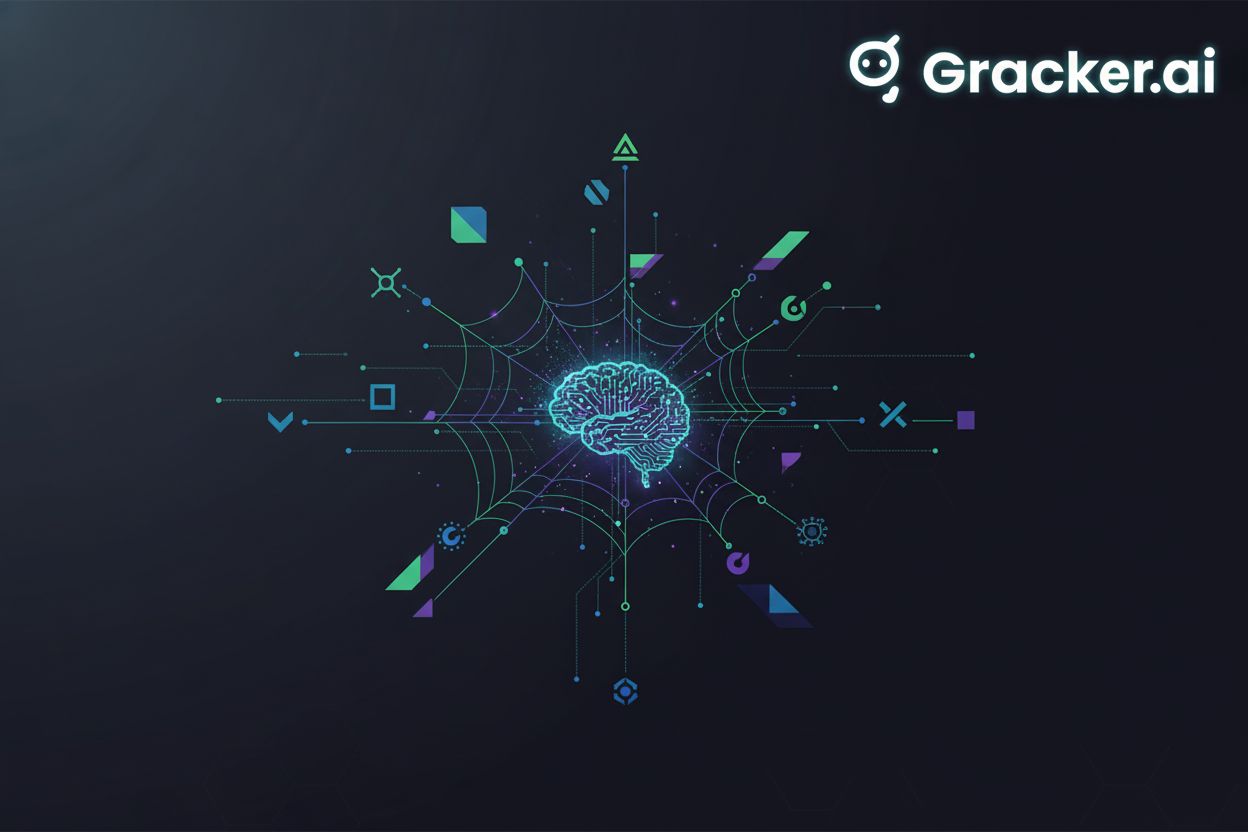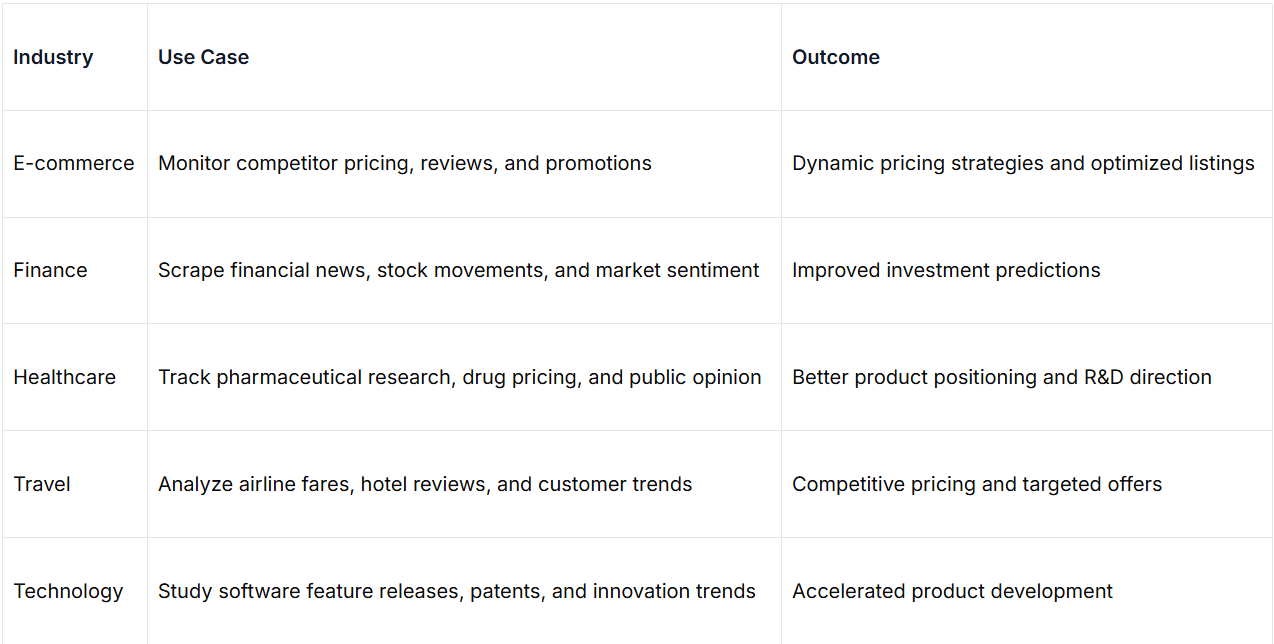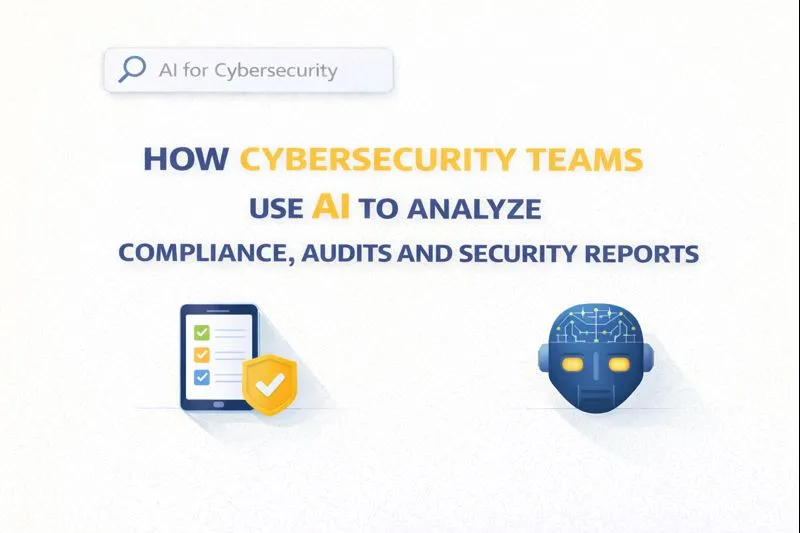How AI-Powered Research Teams Use Web Scraping to Stay Ahead of Competitors

In an era where data drives every decision, competitive intelligence has become the heartbeat of business strategy. Companies no longer rely on intuition or luck – they depend on insights drawn from vast oceans of online data. And who’s at the center of this revolution? AI-powered research teams using web scraping as their secret weapon to outsmart competitors, predict trends, and innovate faster than ever before.
Web scraping, when combined with the analytical power of artificial intelligence, turns the internet into a living, breathing library of market intelligence. Let’s explore how this synergy transforms the way research teams operate, giving them an edge that traditional methods simply can’t match.
The Rise of AI in Competitive Intelligence
Artificial Intelligence has redefined what’s possible in market research. Instead of manually gathering information from multiple websites, AI-driven systems automate the process – identifying, collecting, and interpreting valuable data in real-time. This allows teams to analyze competitor pricing, product launches, sentiment trends, and consumer behavior without human intervention.
Think of it as having a 24/7 digital analyst who never sleeps. These systems scrape millions of web pages across e-commerce platforms, review sites, news articles, and social media channels, then synthesize that data into actionable insights. The result? Faster, smarter, and more strategic decisions that give companies a measurable competitive edge.
For instance, an AI-powered research team might track how a rival’s product descriptions or pricing change across regions. When that data is processed and correlated with demand signals or sentiment analysis, the company can adjust its own strategy in near real-time – something that was unthinkable just a few years ago.
How Web Scraping Powers AI-Driven Insights
AI without data is like a sports car without fuel. Web scraping provides the raw material AI needs to generate insights. By collecting structured data from public web pages, AI systems can detect patterns, identify anomalies, and predict market shifts before competitors even notice them.
Let’s take a closer look at how it works.
Web scraping tools extract data such as:
Product prices and stock availability across e-commerce sites.
Customer reviews and sentiment indicators.
Competitor marketing copy, meta tags, and keyword usage.
Social media engagement and trending topics.
Financial reports or public filings from competitor websites.
Once scraped, this information is cleaned, categorized, and fed into machine learning models. These models then identify correlations – like how a pricing shift might affect sales volume or how certain keywords drive higher engagement.
To ensure smooth and compliant data extraction, teams often rely on affordable US proxies for scraping to collect region-specific insights efficiently. These proxies allow research systems to emulate genuine user behavior from different geographic locations, ensuring they access accurate, localized information while maintaining ethical data practices.
Key Advantages of AI-Powered Web Scraping for Research Teams
Why do modern research teams swear by AI and scraping? Because together, they offer capabilities that no human analyst could match. Here are some of the most significant advantages:
Real-Time Market Intelligence
AI systems can continuously monitor competitors and markets, alerting teams about price changes, new campaigns, or shifts in customer sentiment. This constant flow of data enables agile decision-making. Using an alternative with smart data extraction can help teams quickly gather key insights from multiple sources, allowing them to respond faster to emerging trends and opportunities.Scalability and Speed
While traditional analysts can only handle limited data sets, AI-driven scrapers can process terabytes of information daily, analyzing thousands of web pages per minute.Accuracy and Consistency
Unlike humans, AI doesn’t get tired or make subjective judgments. It follows strict parameters, ensuring consistent and unbiased data collection.Predictive Power
With historical data in hand, AI models can forecast market trends or identify early warning signs of shifts in demand, allowing companies to act proactively rather than reactively.Cost Efficiency
Automating research tasks saves time, labor, and operational expenses, freeing experts to focus on interpretation and strategy rather than data collection.
Applications Across Industries
The beauty of AI-powered web scraping is its versatility. It’s not confined to one industry – it’s a universal tool that adapts to any sector where information equals power.

This table barely scratches the surface. From real estate firms analyzing property data to media companies tracking trending topics, web scraping combined with AI gives professionals a panoramic view of their market landscape.
Overcoming the Challenges of AI-Driven Web Scraping
While the potential is enormous, it’s not without challenges. AI-powered scraping requires careful planning, compliance awareness, and high-quality infrastructure.
1. Data Quality and Cleaning
Raw data is often messy or inconsistent. AI models must filter duplicates, detect inaccuracies, and standardize formats to ensure reliable outcomes.
2. Compliance and Ethical Considerations
Web scraping should always adhere to legal and ethical guidelines. Research teams must respect site terms of service, public data boundaries, and user privacy laws like GDPR.
3. Technical Limitations
Some websites deploy anti-scraping technologies or dynamic JavaScript content. Overcoming these requires advanced scraping frameworks and rotating proxies to mimic human browsing patterns responsibly.
4. Infrastructure Costs
Running AI and scraping operations at scale demands robust servers and bandwidth. However, by optimizing proxy use and selecting only essential data sources, teams can manage costs effectively.
AI-Powered Decision Making: Turning Data into Strategy
Collecting data is only half the journey; the real magic happens when AI turns that data into foresight.
AI models use advanced analytics to reveal trends that human analysts might overlook. For example, sentiment analysis can detect subtle shifts in consumer mood before sales numbers reflect it. Predictive analytics can highlight emerging competitors long before they capture major market share.
Imagine a company that notices its rival slightly changing its product descriptions and stock availability. To a human, this might seem trivial – but an AI model might interpret it as preparation for a new product line or marketing campaign. Acting on that intelligence allows the company to counter-launch or adjust its strategy before the competitor even announces the change.
This proactive approach defines modern research excellence: not reacting to the market, but shaping it.
Integrating AI and Web Scraping into a Research Workflow
To build a successful AI-powered research team, integration and workflow optimization are essential. The process typically follows these steps:
Define Objectives – Identify what competitive insights are needed (pricing, sentiment, feature tracking, etc.).
Select Data Sources – Choose target websites, platforms, or APIs relevant to the research goals.
Deploy Scraping Tools – Use structured crawlers with proxy management and rate-limiting systems.
Clean and Normalize Data – Filter irrelevant content and standardize formats for machine learning models.
Train AI Models – Use the data to train predictive or classification algorithms for actionable insights.
Visualize and Act – Present findings through dashboards and integrate them into decision-making frameworks.
This workflow ensures data flows seamlessly from extraction to execution, empowering teams to make rapid, evidence-based choices.
The Future of AI and Web Scraping in Research
The synergy between AI and web scraping is only beginning to unfold. As machine learning evolves, future research systems will become even more autonomous and intelligent.
Soon, AI will not only collect and analyze data but also recommend actions based on its findings. Natural language models will generate full competitor reports instantly. Predictive systems will alert teams about market disruptions days or even weeks before they happen.
Moreover, integration with real-time IoT and financial data will make competitive intelligence even more holistic. The companies that invest early in AI-powered scraping infrastructure will be the ones setting the pace for innovation tomorrow.
Conclusion
AI-powered research teams have transformed competitive intelligence from a reactive process into a proactive, data-driven discipline. By harnessing the capabilities of web scraping, these teams continuously monitor, interpret, and predict changes in the marketplace – helping businesses innovate, optimize, and outperform their rivals.
From e-commerce giants to fintech startups, organizations that understand the value of real-time intelligence are reaping the rewards. As AI becomes more advanced and scraping more efficient, the gap between data-rich and data-poor companies will continue to widen.
In a world where every click and keyword matters, AI-powered web scraping isn’t just a tool – it’s the compass guiding the next generation of business strategy. Those who master it won’t just stay ahead of competitors – they’ll redefine what “ahead” means.




